I Refuse to Sacrifice My Retirement Dream for My Unemployed Son

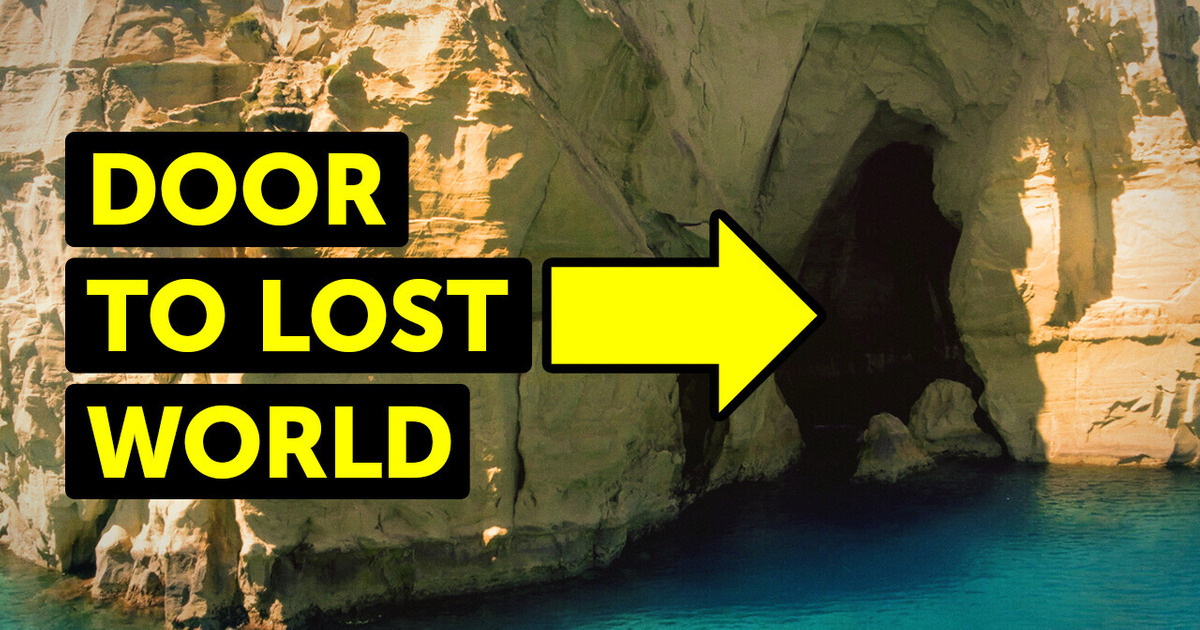
“A comfortable abode with a gorgeous view of the Mediterranean Sea will serve as a perfect rain shelter” — this is what a real estate advertisement might have looked like for Neanderthals 100,000 years ago. Welcome to weird and wonderful caves you could live in — or not.
Of course, back then, neither real estate and advertising had been invented yet, never mind the fact that Neanderthals couldn’t build houses and often lived in caves. Yet, one of those caves looks an awful lot like a residential building. It’s situated inside a high limestone cape called the Rock of Gibraltar. If the Neanderthals had had an economy, the caves inside this rock would have cost a bundle.
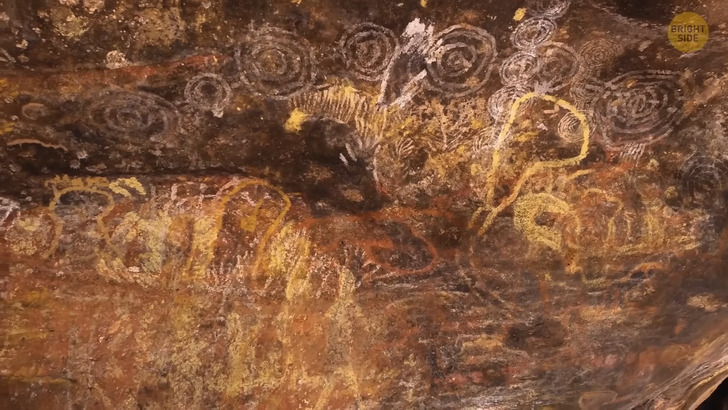
Navigators discovered it in 1907. They just spotted a big hole inside the fortified rock. For many years, scientists have studied this place and found some traces of Neanderthals. They discovered ancient tools in the cave and bones of old animals. But the coolest thing was, they found four caves inside the rock. It was like a residential complex. Neanderthals lived alongside neighbors and helped each other hunt and fish. They created feather decorations and painted abstract drawings on the walls. Imagine our ancient predecessors hanging out in these caves 100,000 years ago. And now, scientists hang out there and study the primeval past of Neanderthals in detail.
At the end of 2021, archaeologists uncovered a gap inside one of the caves leading to an unknown tunnel. They crawled through this hole and opened a new space under the cave roof. This place has been closed off from the outside world for over 40,000 years. And it seems that it was one of the most prestigious apartments in the entire mountain complex. It has high ceilings with ancient stalactites. The ruined stone curtains divided the apartment into several rooms.
Scientists also found the remains of ancient animals and scratches on the walls. It seems that Neanderthals had never lived here. But they used to visit this place. Archaeologists found the shell of a sea snail called Dog whelk. One of the Neanderthals brought it here for some reason. But the primary owners of this place were hyenas. These caves show that Neanderthals were closer to humans than to monkeys. They had a way of life and even some customs. There’s still a lot of work ahead, and scientists hope to find new rooms inside this rock.
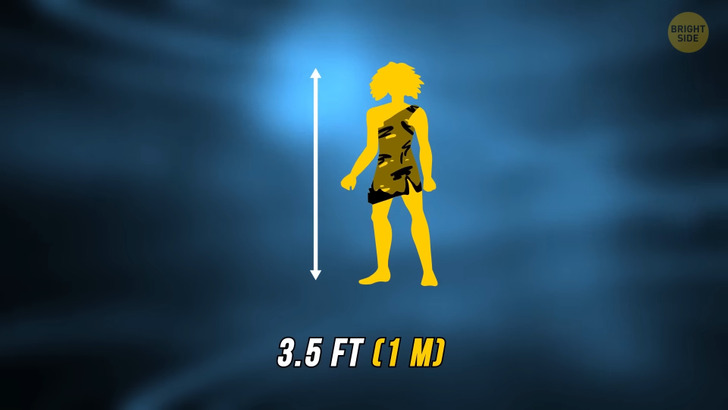
Meanwhile, in 2003, archaeologists discovered another early dwelling on the island of Flores in Indonesia. Among the green jungle, they found a cave with ancient tools. At first, everyone thought that human ancestors lived here. But then, scientists discovered an unusual skeleton of an adult.
A thorough analysis showed the skeleton belonged to a 30—year—old woman, 3.5 feet tall — just above the waist of an average adult. The woman’s weight was equal to the weight of an adult shepherd. The skeleton didn’t belong to Neanderthals or Australopithecines. It was a new unknown species, which scientists called homo Floresiensis or simply the Hobbit.
Also, there were remains of unusual ancient animals in the cave. It was an elephant the size of a cow, some large storks, and giant rats. Archaeologists have found out that Hobbits were not the owners of this place. The main inhabitants were rats the size of a cat. Maybe they were fighting the Hobbits. Some analyses showed that Homo floresiensis wasn’t our direct ancestor. They were in a separate branch of evolution. The Hobbit skeleton looks more like that of a monkey than of modern humans.
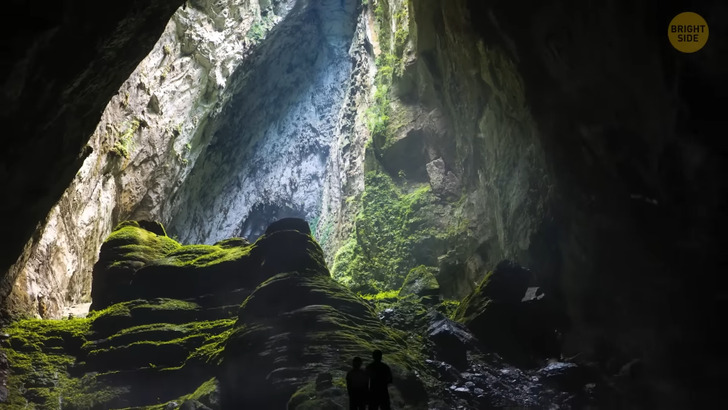
In 2009, in the dense jungle of Vietnam, archaeologists discovered Son Doong — the largest cave in the world! If you go inside the cave and shout, you will hear your echo a looooong time. In some places, the height of this cave reaches half the height of the Empire State Building. And the total area is larger than one central block of New York. Son Doong is one of the three caves in the Vietnamese jungle. Many intricate mazes connect these caves. Inside, you can find unique plants and trees that live separately from the outside world. It’s a real underground jungle.
In some places, you can find collapsed ceilings that let the sunlight in. Besides unusual trees and plants, ancient stalactites hang here. Some limestone deposits are more than 450 million years old! They were here even before dinosaurs appeared! There are also many rivers in the cave. Rainwater coming down from holes in the ceiling has formed them. Fast streams resemble slides in a water park. They lead to unknown underground labyrinths. Scientists have studied only a small part of all these caves.
The next unusual cave is in New Zealand. Hundreds of thousands of fireflies live inside. Each of them glows with a blue light. Together they light up the cave. It may seem to you that you’re on another planet. But you can’t stay there for a long time. Special air measuring devices are everywhere. Scientists monitor the level of carbon dioxide necessary for the normal existence of fireflies. These insects are sensitive to the environment. If there are many people in the cave, or they stay there for too long, the park staff will ask them to leave the place. It’s like you’re literally stealing oxygen from the fireflies.
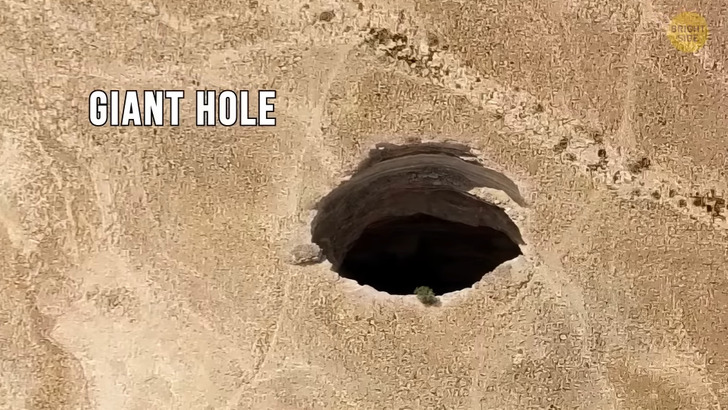
We’ve seen some pretty amazing caves so far. But how about a scary one? We’re going to the desert of Yemen’s Al-Mahra province. What we’re looking for is not a cave. It’s just a black hole in the ground, right in the middle of the desert. It’s big, the size of a basketball court. It’s not its size that can scare you, but what is inside. Scientists are still not sure what it is. From the depths of this black abyss, a disgusting smell of rotten eggs constantly comes out. And sometimes you can hear some strange, frightening sounds.
The blackness of the Giant Hole in Yemen absorbs all the sun’s rays, so you won’t see what’s there even with a powerful flashlight. People flew over this place by helicopter. They filmed using drones and the most powerful lenses, but they didn’t catch anything except darkness. It looks like a big ink spot in the middle of golden sand. The locals are afraid to approach this place. They believe the cave leads to another dimension where evil creatures live.
At the moment, the Giant Hole in Yemen is one of the most poorly studied and mysterious phenomena of nature. How did it appear? How old is it? Where does it lead? Scientists are trying to find answers to these questions. There are theories that the hole appeared because of construction work. Geologists drilled the soil nearby in search of minerals. It could have caused fluctuations in the Earth’s crust and collapsed the surface. But no one can prove this theory. Yet.
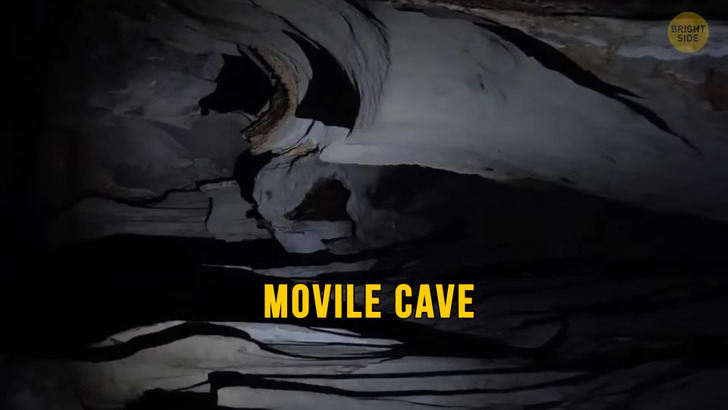
And now, imagine a place where sunlight has not penetrated for more than 5 million years. There’s little oxygen, and it’s cold and damp. Still, life is born in this place — not only microbes and bacteria but also something bigger. The living conditions in this cave are very different from the usual ones, so in a sense, this cave is like another planet. It’s the Movile Cave in the southeast of Romania, near the Black Sea. The entrance is a small hole in the ground. Inside, a tunnel leads deep below the surface. The levels of hydrogen sulfide and carbon dioxide are above normal inside the cave. The air here has half as much oxygen as on the surface. People can’t be here without an oxygen mask. But other creatures living here can.
This cave is home to 48 species of living organisms. 33 of them are unknown. Here, you can meet some unusual insects — white snails and white spiders, millipedes with huge whiskers, transparent shrimp, and unique species of leeches. They all live here thanks to the little bacteria Autotrophs. They absorb carbon dioxide and release food particles. Bacteria feed on it. Other, larger organisms feed on these bacteria. And some bigger organisms eat those little ones. In the end, everyone gets food. In this cave, evolution has created a biological system separate from the rest of the world.











